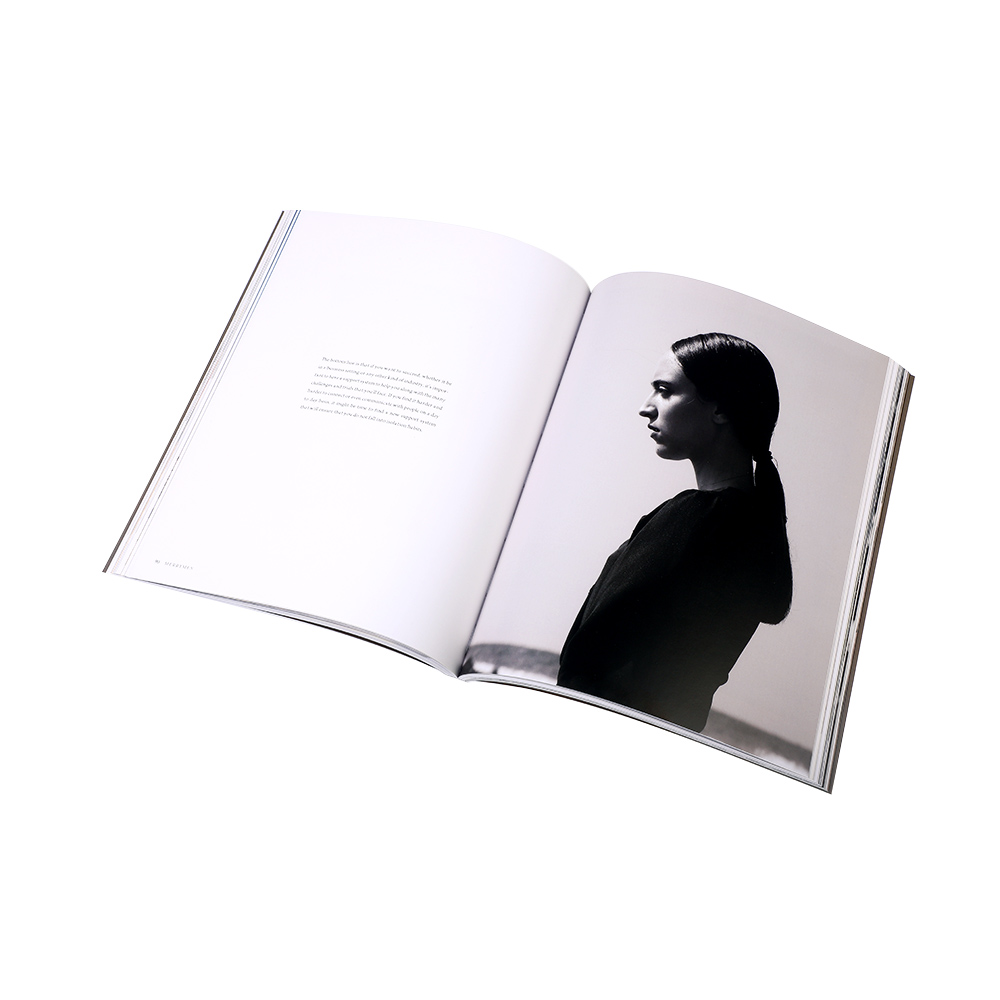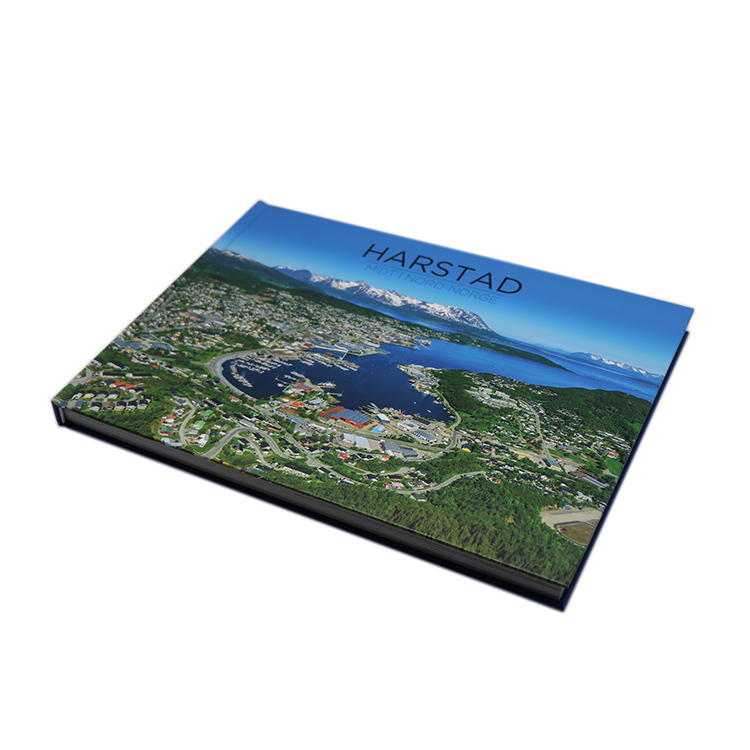Wie hat der Buchdruck die Kosten gesenkt?
In den letzten Jahren sind die Kosten für den Buchdruck dank Fortschritten in der Drucktechnologie und effizienteren Produktionsmethoden deutlich gesunken. Wenn Sie als Verlag, Selbstverleger oder Unternehmen Bücher drucken lassen möchten, ist es wichtig zu verstehen, wie moderne Drucktechniken Ihre Kosten senken können. Dieser Artikel befasst sich mit den Faktoren, die zur Senkung der Druckkosten geführt haben, der Rolle des Digital- und Offsetdrucks und wie Verlage diese Innovationen nutzen können, um eine kostengünstigere Buchproduktion zu erreichen.
Am Ende dieses Artikels haben Sie ein klares Verständnis dafür, wie der moderne Druck die Branche revolutioniert und Bücher für Autoren und Leser gleichermaßen zugänglicher gemacht hat. Wenn Sie nach Möglichkeiten suchen, Ihr Buchdruckprojekt ohne Qualitätseinbußen zu optimieren, lesen Sie weiter!
Inhaltsverzeichnis
Warum es wichtig ist, die Druckkosten zu verstehen
Druckkosten können für Autoren, Verlage und Unternehmen ein erhebliches Problem darstellen, insbesondere wenn es darum geht, Qualität und Budget in Einklang zu bringen. Mit dem Aufkommen des Digitaldrucks und den Fortschritten im Offsetdruck ist der Buchdruck erschwinglicher denn je. Um das beste Preis-Leistungs-Verhältnis zu erzielen, ist es jedoch entscheidend, die Faktoren zu verstehen, die die Druckkosten beeinflussen. Dieser Artikel untersucht, wie sich Drucktechniken entwickelt haben und welche Schritte Sie unternehmen können, um die Druckkosten für Bücher zu senken und gleichzeitig die Qualität zu erhalten.
Wie der Digitaldruck die kostengünstige Produktion revolutionierte
Der Digitaldruck hat die Buchdruckbranche revolutioniert und ermöglicht kostengünstigen Kleinauflagendruck. Im Gegensatz zum traditionellen Offsetdruck, der die Erstellung von Druckplatten erfordert, werden beim Digitaldruck digitale Dateien direkt auf Papier gedruckt. Dadurch entfallen Einrichtungskosten und er ist ideal für kleine bis mittlere Auflagen.
Die Kosteneffizienz des Digitaldrucks ergibt sich aus der Tatsache, dass keine Plattenkosten anfallen und der Druck auf Anfrage erfolgen kann. Dies hat Selbstverlegern und kleineren Verlagen geholfen, Bücher kostengünstiger zu drucken, insbesondere bei der Produktion kleinerer Auflagen oder von Testläufen.
So verhindert beispielsweise der Druck eines Buches auf Abruf, dass Verlage überschüssige Lagerbestände haben. Sie können je nach tatsächlicher Nachfrage genau so viele Bücher drucken, wie sie möchten. Das senkt nicht nur die Druckkosten, sondern spart auch Lager- und Versandkosten.
Die Rolle von Print-on-Demand bei der Kostensenkung
Print-on-Demand (POD) hat sowohl für Autoren als auch für Verleger eine bahnbrechende Entwicklung mit sich gebracht. POD ermöglicht den Druck von Büchern, sobald Bestellungen eingehen, wodurch große Auflagen und überschüssige Lagerbestände vermieden werden.
Der Hauptvorteil von POD liegt in der Senkung der Druckkosten, insbesondere bei Büchern, die sich möglicherweise nicht in großen Mengen verkaufen. Traditionelle Verlagsmodelle erforderten oft, dass Autoren Tausende von Exemplaren eines Buches druckten, in der Hoffnung, diese im Laufe der Zeit zu verkaufen. Mit POD wird das Buch erst gedruckt, wenn ein Kunde es kauft. Das reduziert Risiken und unnötige Kosten.
Zwar ist der Einzelpreis bei POD im Vergleich zu großen Auflagen typischerweise höher, doch da keine Überbestände entstehen und die gebotene Flexibilität gegeben ist, ist es für kostenbewusste Verleger ein unschätzbar wertvolles Werkzeug.
Skaleneffekte: Die Macht des Massendrucks
Eine der effektivsten Möglichkeiten, die Stückkosten von Büchern zu senken, ist die Erhöhung der Auflage. Je mehr Exemplare gedruckt werden, desto günstiger wird jedes Exemplar. Dieses Phänomen, bekannt als Skaleneffekte, entsteht, weil die Einrichtungs- und Produktionskosten auf mehr Exemplare verteilt werden.
Beispielsweise kostet der Druck von 1.000 Exemplaren eines Buches pro Einheit weniger als der von 100 Exemplaren. Diese Strategie funktioniert jedoch am besten, wenn ein gesicherter Markt für die zusätzlichen Exemplare besteht. Eine Überproduktion von Büchern kann zu Lagerbeständen führen, die die Einsparungen bei den Stückkosten zunichtemachen können.
Der Schlüssel zum kostengünstigen Drucken von Büchern besteht darin, zu verstehen, wie Sie Skaleneffekte mit Ihren Umsatzprognosen in Einklang bringen.
Der Einfluss der Bestellmenge auf die Kosten pro Einheit
Die Anzahl der bestellten Bücher wirkt sich direkt auf die Druckkosten aus. Eine größere Bestellung senkt in der Regel die Stückkosten, da sich die Einrichtungs- und Produktionskosten auf mehr Exemplare verteilen. Wie bereits erwähnt, ist der Offsetdruck bei größeren Auflagen kostengünstiger, während der Digitaldruck bei kleineren Auflagen oft wirtschaftlicher ist.
Wenn Sie sich nicht sicher sind, wie viele Bücher Sie bestellen sollen, empfiehlt es sich, mit einer kleineren Auflage zu beginnen und diese dann je nach Nachfrage schrittweise zu erhöhen. So vermeiden Sie Überbestände und sparen Lager- und Entsorgungskosten.
Seitenanzahl und ihr Einfluss auf den Endpreis
Die Seitenzahl eines Buches ist ein wesentlicher Faktor für die Druckkosten. Mehr Seiten bedeuten mehr Papier und Tinte, was die Produktionskosten direkt erhöht. Zudem sind dickere Bücher schwerer, was zu höheren Versandkosten führt.
Um die Kosten niedrig zu halten, sollten Autoren prägnante, gut strukturierte Inhalte erstellen, die Mehrwert bieten und auf unnötigen Füllstoff verzichten. Vermeiden Sie außerdem, die Schriftgröße zu verkleinern oder die Ränder zu stark zu reduzieren, um mehr Text auf eine Seite zu bringen. Zwar mag dies eine einfache Möglichkeit sein, die Seitenzahl zu reduzieren, doch kleiner Text und schmale Ränder können die Lesbarkeit und die Gesamtqualität des Buches beeinträchtigen.
Die Wahl des richtigen Papiers für kostengünstiges Drucken
Die Wahl des Papiers für Ihr Buch kann die Druckkosten erheblich beeinflussen. Die Papierqualität variiert stark hinsichtlich Dicke, Textur, Opazität und Farbe, und jede Papiersorte hat ihren eigenen Preis.
Premiumpapiere können zwar die Optik und Haptik eines Buches verbessern, aber auch die Kosten erhöhen. Um Druckkosten zu sparen, sollten Sie sich für Standardpapier entscheiden, das kostengünstig ist und dennoch ein hochwertiges Produkt liefert. Oft bieten Druckereien sogenannte „Hausblätter“ an. Diese Papiersorten sind leicht erhältlich und günstiger als Spezialpapiere.
Für umweltbewusste Autoren ist es wichtig zu wissen, dass Recyclingpapier trotz seiner Umweltfreundlichkeit aufgrund des komplexen Herstellungsprozesses manchmal teurer sein kann als Frischfaserpapier.
Bindeoptionen: So sparen Sie bei der Produktion
Die gewählte Bindungsart Ihres Buches spielt eine entscheidende Rolle für die Gesamtkosten. Hardcover-Bindungen sind zwar langlebig und repräsentativ, gehören aber aufgrund des Material- und Arbeitsaufwands zu den teuersten Optionen. Softcover-Optionen wie Klebebindung oder Sattelheftung sind dagegen günstiger.
Für Bücher mit weniger Seiten (typischerweise unter 60 Seiten) ist die Sattelheftung eine äußerst kostengünstige Lösung. Bei größeren Projekten bietet die Klebebindung ein ausgewogenes Verhältnis zwischen Qualität und Preis. Die Hardcover-Bindung sollte hingegen nur Premium- oder limitierten Büchern vorbehalten sein.
Tinten- und Farbauswahl: Ästhetik und Kosten in Einklang bringen
Vollfarbdruck ist zwar optisch ansprechend, aber teurer als Schwarzweiß- oder Graustufendruck. Beim Vollfarbdruck werden vier verschiedene Tintenfarben (Cyan, Magenta, Gelb und Schwarz) verwendet, was die Produktionskosten erhöht.
Bücher mit hochwertigen Bildern oder Illustrationen, wie z. B. Kinderbücher oder Fotobücher, erfordern einen Vollfarbdruck. Für die meisten textlastigen Bücher reicht jedoch ein Schwarzweiß- oder Graustufendruck aus und hilft, die Kosten niedrig zu halten. Wenn Sie Farbe für den Umschlag benötigen, sollten Sie die Innenseiten in Schwarz drucken, um die Kosten zu senken, ohne auf die Optik verzichten zu müssen.
Zukunftstrends: Wie Innovationen die Kosten für den Buchdruck weiter senken
Innovationen in der Drucktechnologie werden die Kosten auch in Zukunft weiter senken. Fortschritte im Digitaldruck, wie schnellere und effizientere Maschinen, werden dazu beitragen, Produktionszeiten und -kosten zu reduzieren. Darüber hinaus dürfte die zunehmende Verfügbarkeit nachhaltigerer und umweltfreundlicherer Papieroptionen zu niedrigeren Materialkosten führen.
Mit der Entwicklung neuer Druckverfahren haben Autoren und Verleger noch mehr Möglichkeiten, qualitativ hochwertige Bücher zu niedrigeren Preisen zu drucken und gleichzeitig der wachsenden Nachfrage nach nachhaltigen Veröffentlichungspraktiken gerecht zu werden.
Fazit: Die richtige Balance zwischen Kosten und Qualität finden
Zusammenfassend lässt sich sagen, dass der Schlüssel zum kostengünstigen Buchdruck im Verständnis der verschiedenen kostenbeeinflussenden Faktoren liegt. Von der Bestellmenge und Seitenzahl bis hin zur Papierwahl und Bindungsart – jedes Element bestimmt den Endpreis eines Buches. Durch fundierte Entscheidungen und den Einsatz von Technologien wie Digitaldruck und Print-on-Demand können Autoren und Verlage Kosten senken, ohne Abstriche bei der Qualität zu machen.
Mit dem richtigen Ansatz ist es möglich, qualitativ hochwertige Bücher zu produzieren, die sowohl erschwinglich als auch kommerziell erfolgreich sind.
FAQs
F1. Wie kann ich die Druckkosten eines Buches senken, ohne Kompromisse bei der Qualität einzugehen?
Durch sorgfältige Auswahl des Druckverfahrens (Digital- oder Offsetdruck), die Verwendung von Standardpapier und die Beschränkung der Farbverwendung auf das Wesentliche (z. B. schwarze Tinte für Text) können Sie die Qualität aufrechterhalten und gleichzeitig die Kosten niedrig halten.
F2. Ist Print-on-Demand günstiger als herkömmlicher Druck?
Print-on-Demand ist pro Stück in der Regel teurer als Massendruck, spart aber Kosten für überschüssige Lagerbestände, Lagerung und Versand. Es eignet sich ideal für Bücher mit geringer Nachfrage oder Testläufe.
F3: Welche Faktoren sollte ich bei der Entscheidung zwischen Hardcover und Taschenbuch berücksichtigen?
Hardcover-Bücher sind aufgrund ihrer Haltbarkeit und der Materialien teurer und eignen sich daher für hochwertige Produkte oder Sondereditionen. Bei allgemeinen Publikationen bieten Taschenbuchoptionen wie die Klebebindung Kosteneinsparungen bei gleichzeitig professionellem Erscheinungsbild.
Buchdruck
Neue Produkte
Letzter Blog
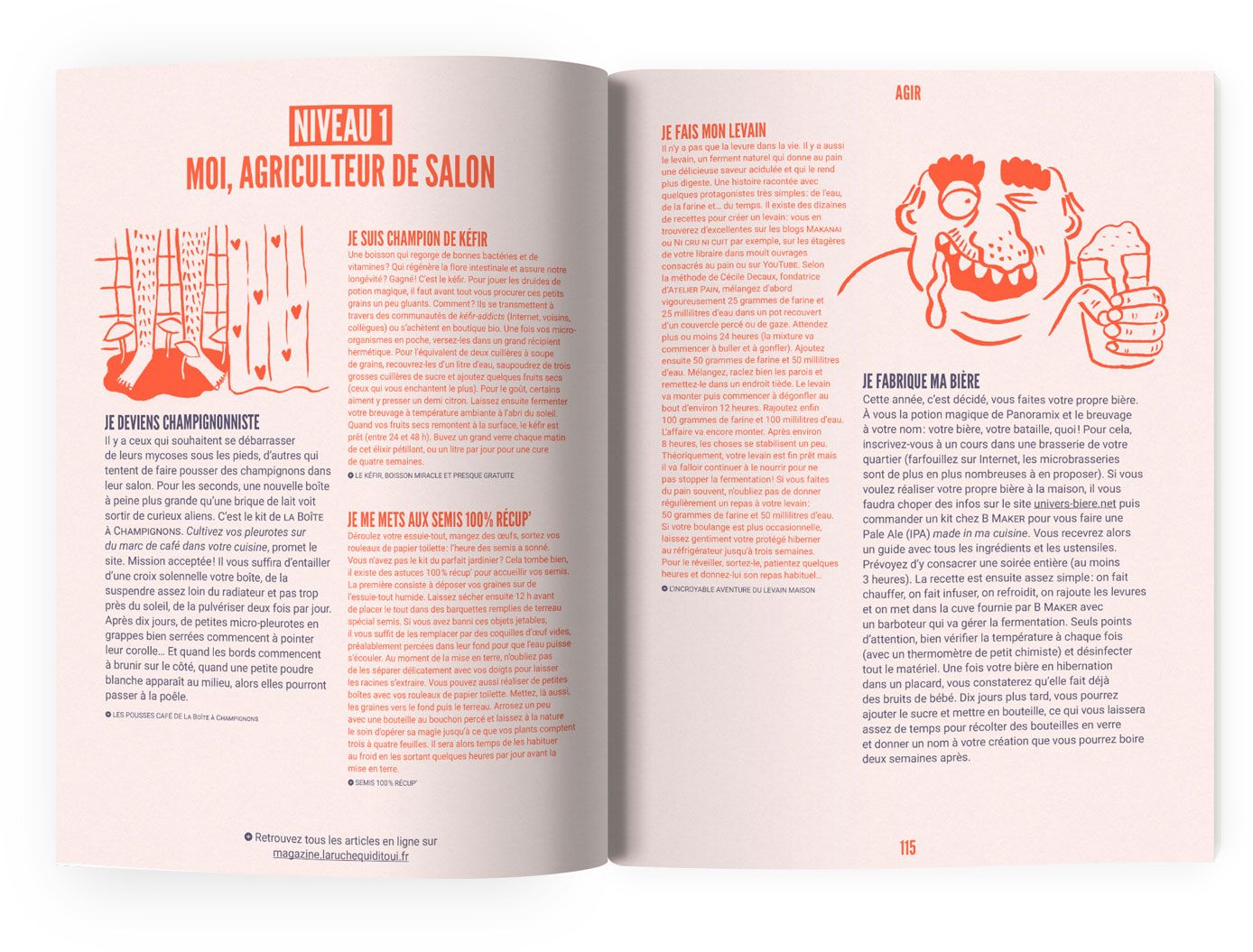
Wie viel kostet das Drucken von Büchern
Die Reise der Selbstveröffentlichung eines Buches ist aufregend und herausfordernd zugleich. Als Buchdruckerei
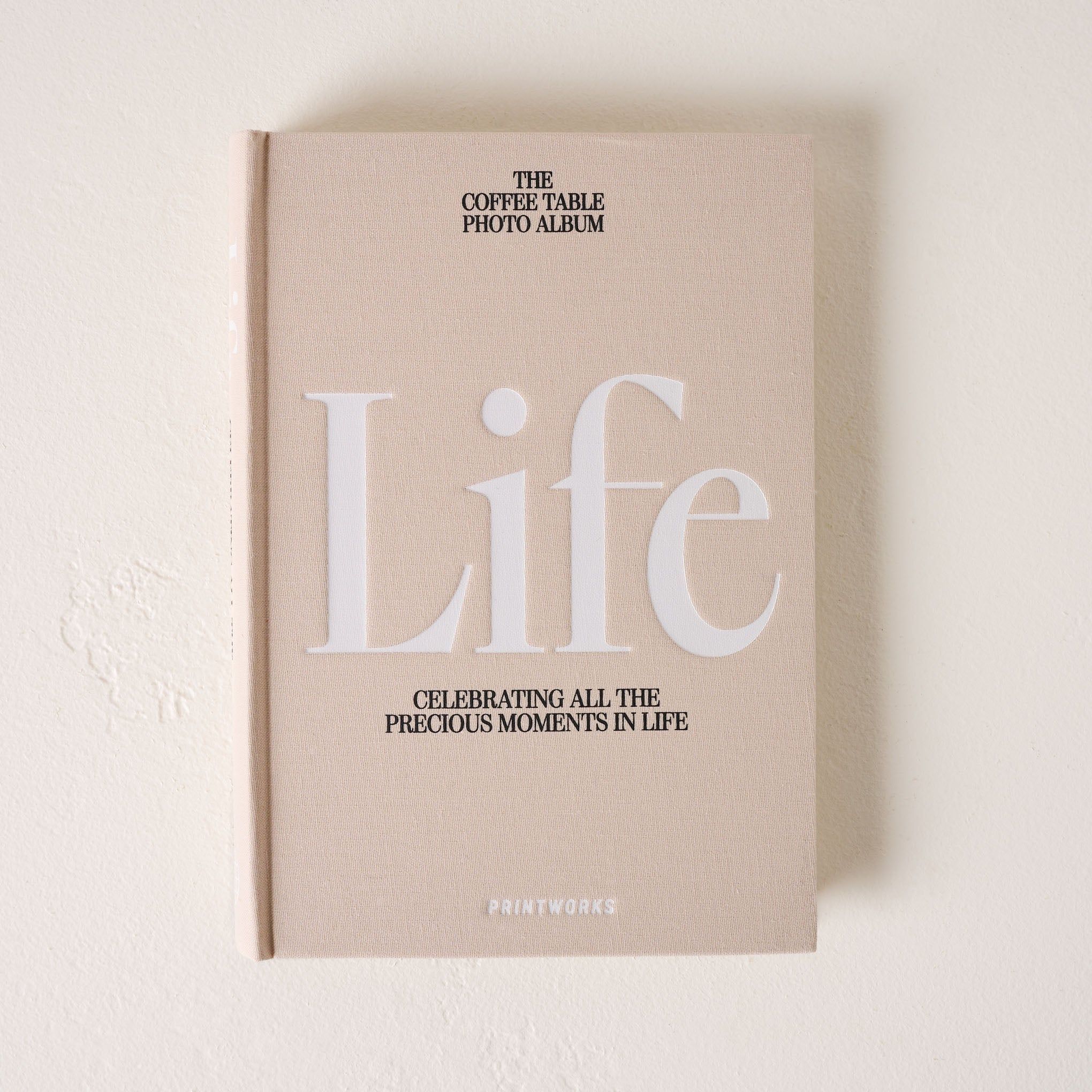
Warum mögen Menschen gebundene Bücher?
Wenn Sie sich in die Selbstveröffentlichung stürzen, wird eines Ihrer Hauptanliegen darin bestehen, kostengünstige Optionen für den Buchdruck zu finden
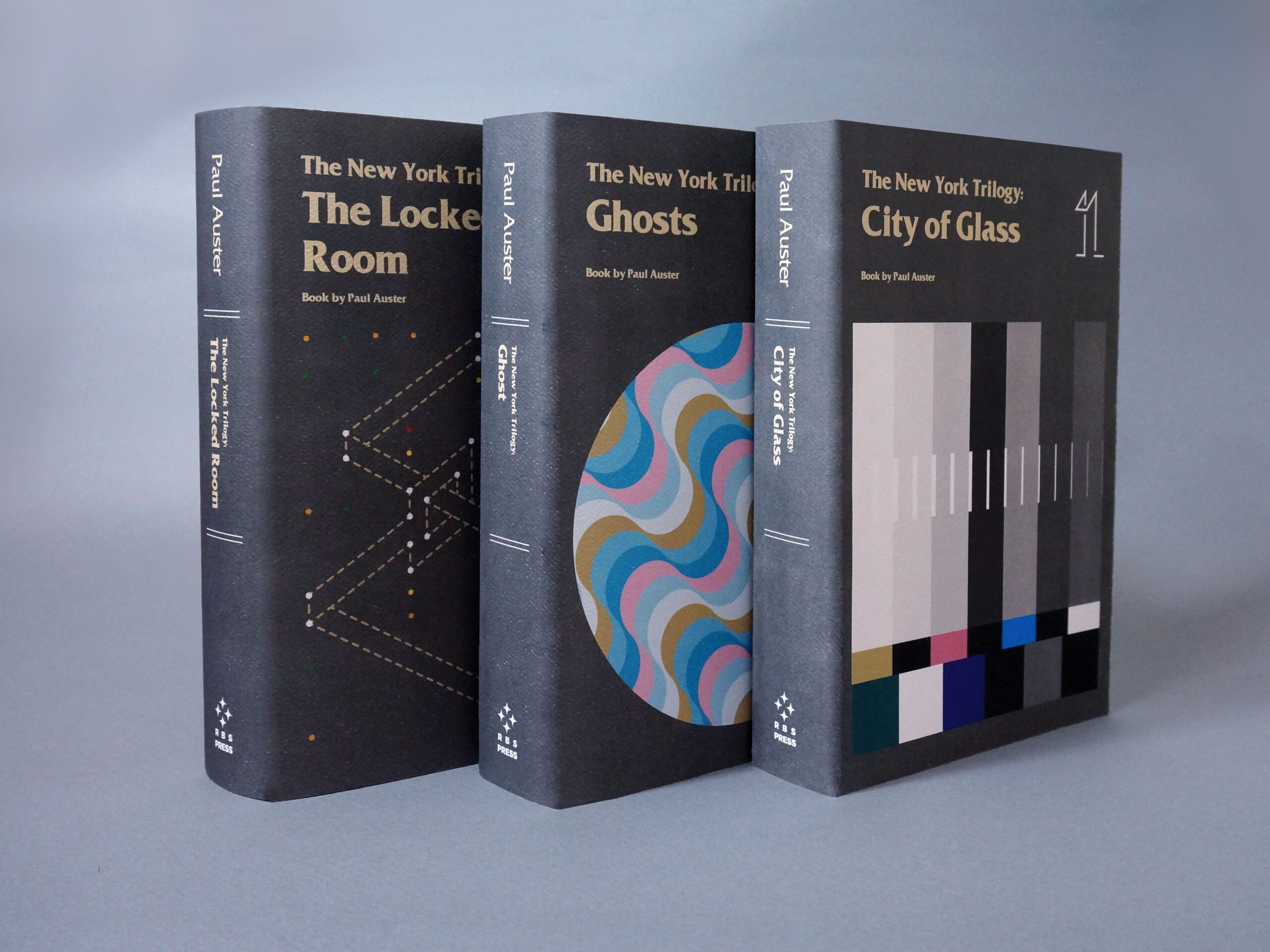
Die Macht des individuellen Buchdrucks
Wenn Sie sich in die Selbstveröffentlichung stürzen, wird eines Ihrer Hauptanliegen darin bestehen, kostengünstige Optionen für den Buchdruck zu finden

In welchem Land werden Bücher am günstigsten gedruckt?
Wenn Sie sich in die Selbstveröffentlichung stürzen, wird eines Ihrer Hauptanliegen darin bestehen, kostengünstige Optionen für den Buchdruck zu finden
Kontaktieren Sie uns
- +86 13946584521
- info@booksprinting.net
- 8:00 - 22:00 Uhr (Mo - So)
Kommentare
Verwandter Blog
Finden Sie die neusten Trends und allgemeines Wissen im Buchdruckgeschäft.
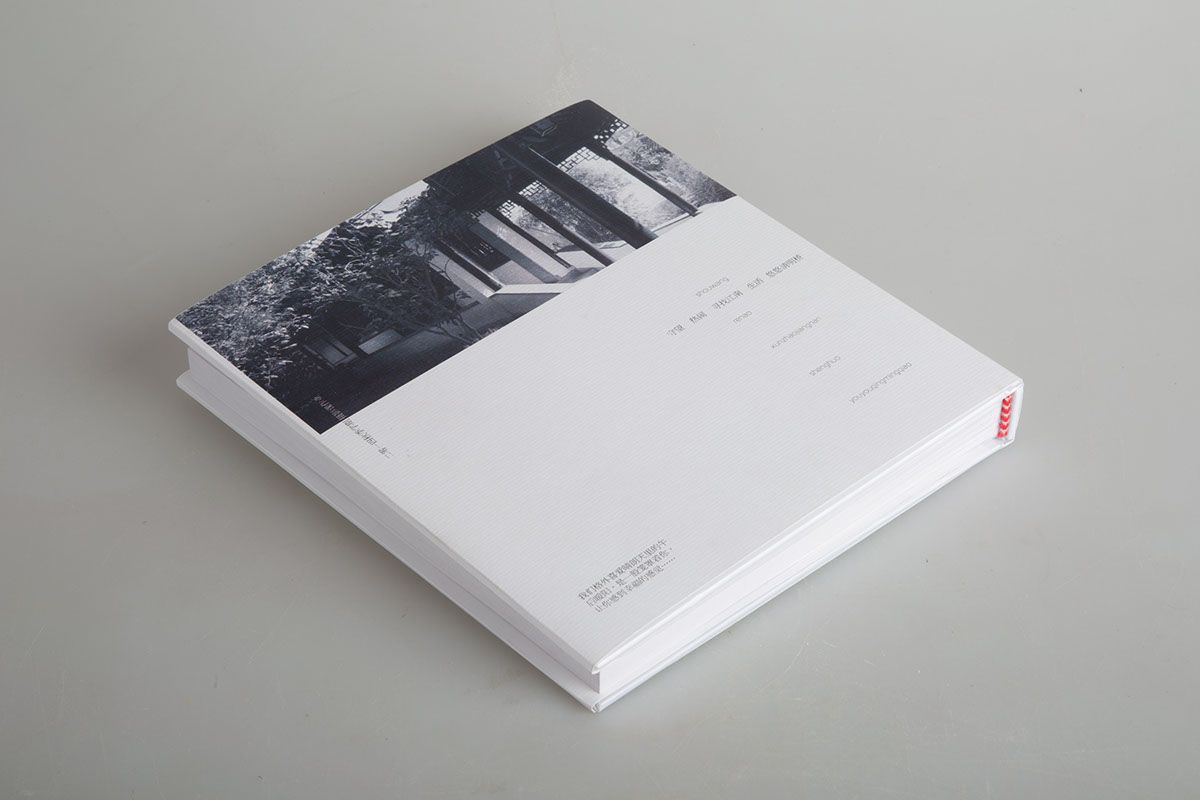
Wie viel kostet das Drucken eines Bildbandes?
Bildbände sind mehr als bloße Dekorationsstücke; sie sind künstlerischer Ausdruck, der Fotografie, Kunst und persönliche Geschichten präsentiert.
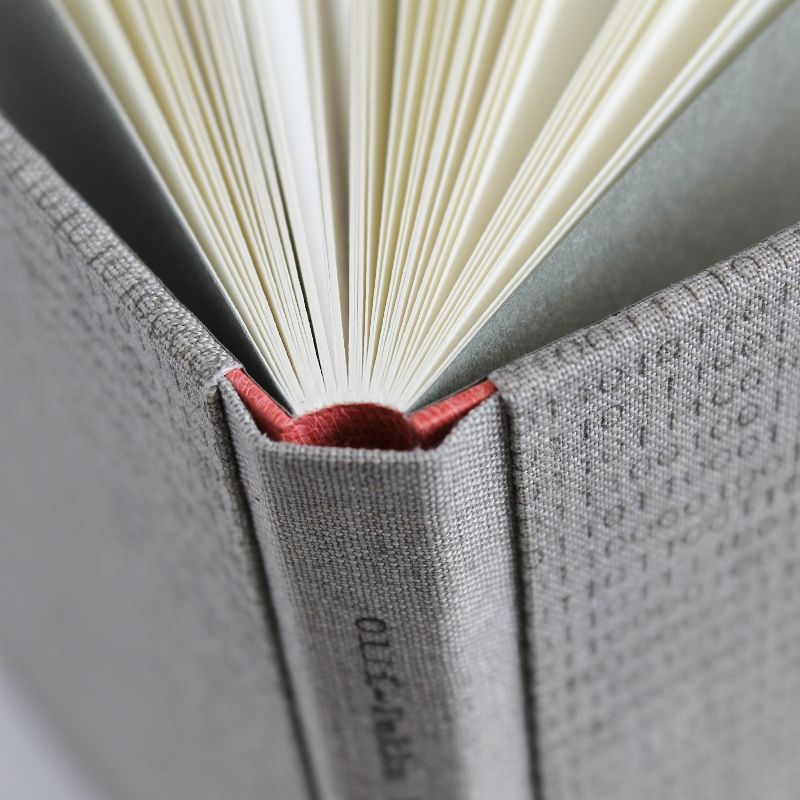
Welche Papiersorte wird für den Buchdruck verwendet?
Wenn Sie sich in die Selbstveröffentlichung stürzen, wird eines Ihrer Hauptanliegen darin bestehen, kostengünstige Optionen für den Buchdruck zu finden

Welches ist das günstigste Print-on-Demand-Verlagsunternehmen?
Die Print-on-Demand-Technologie (POD) hat die Verlagsbranche revolutioniert und bietet unabhängigen Autoren
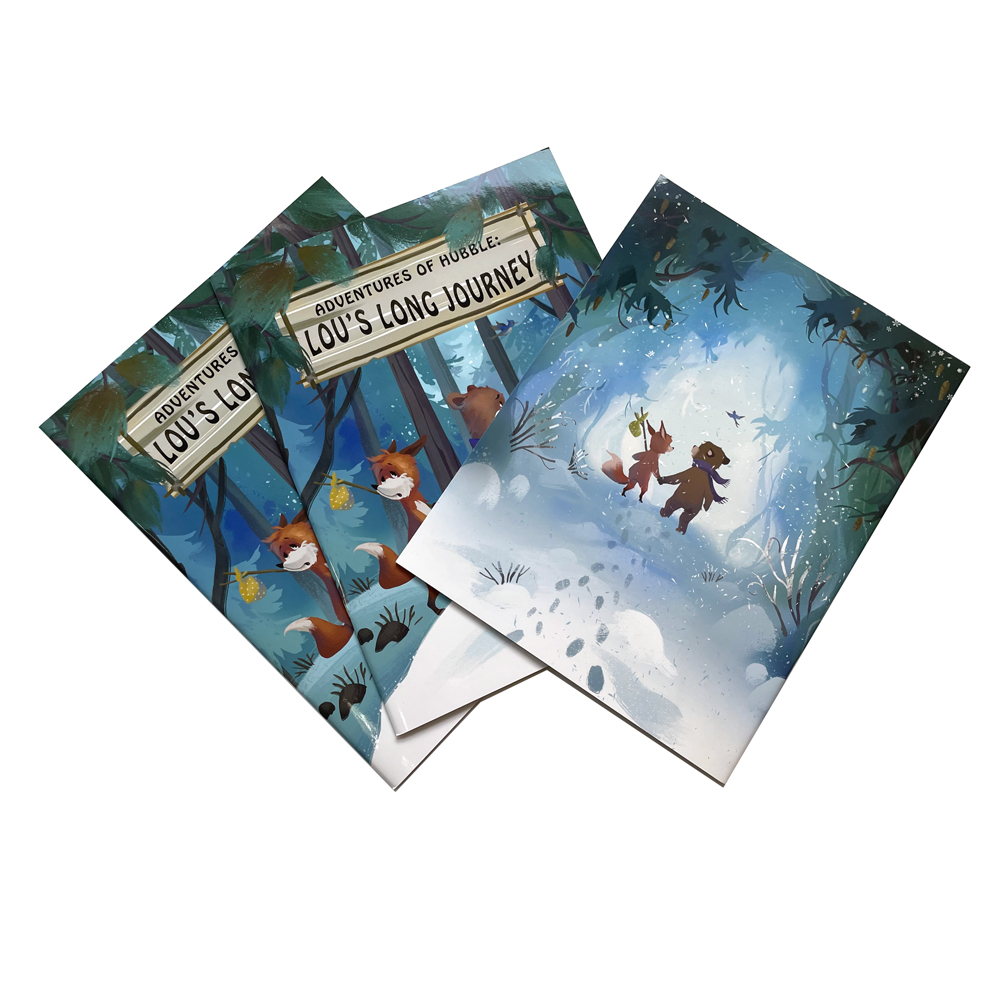
Warum werden die meisten Bücher in China gedruckt?
In der heutigen globalisierten Wirtschaft stellt der Buchdruck in China zunehmend eine kostengünstige und qualitätsorientierte Lösung dar.



